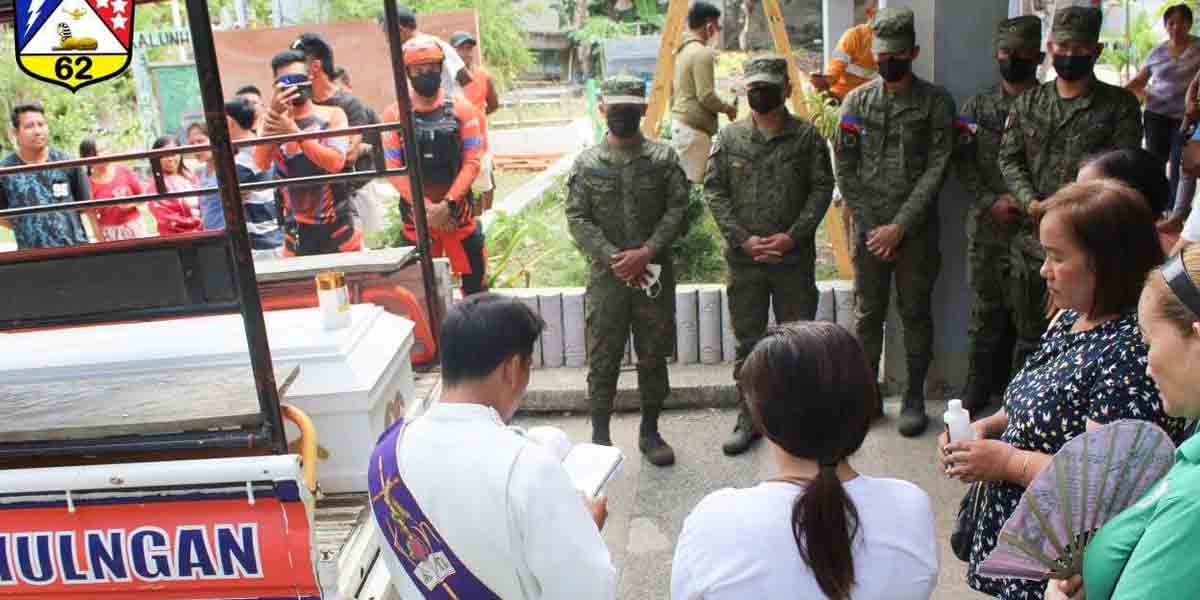By Alex P. Vidal
“There is a certain enthusiasm in liberty, that makes human nature rise above itself, in acts of bravery and heroism.”— Alexander Hamilton
TWELVE years ago, acting Vancouver City Mayor Heather Deal handed to us the original copy of a Proclamation signed by then Vancouver City Mayor Greg Robertson declaring 30th of November each year as “Andres Bonifacio Day” in the City of Vancouver, British Columbia.
The occasion was hosted by the Filipino-Canadian New Era Society event in Vancouver, British Columbia.
I was then the editor of Surrey-based Philippine Asian News and attended the event together with members of the powerful Filipino community in British Columbia.
Canada recognized Andres Bonifacio (November 30, 1863–May 10, 1897) as a leader of the Philippine Revolution and the president of the Tagalog Republic, a short-lived government in the Philippines.
“Ka Andres”, as he was called then by some Katipuneros, helped the Philippines break free from Spanish colonial rule through his work. His story is still remembered in the Philippines today.
Andres Bonifacio y de Castro was born on November 30, 1863, in Tondo, Manila.
His father Santiago was a tailor, local politician, and boatman who operated a river-ferry. His mother Catalina de Castro was employed in a cigarette-rolling factory.
The couple worked extremely hard to support Andres and his five younger siblings, but in 1881 Catalina caught tuberculosis and died.
The following year, Santiago also became ill and passed away.
At the age of 19, Bonifacio was forced to give up plans for higher education and begin working full-time to support his orphaned younger siblings. He worked for the British trading company J.M. Fleming & Co. as a broker, or corredor, for local raw materials such as tar and rattan. He later moved to the German firm Fressell & Co., where he worked as a bodeguero, or grocer.
-o0o-
Bonifacio’s tragic family history during his youth seems to have followed him into adulthood. He married twice but had no surviving children at the time of his death.
His first wife Monica came from the Palomar neighborhood of Bacoor. She died young of leprosy (Hansen’s disease). Bonifacio’s second wife Gregoria de Jesus came from the Calookan area of Metro Manila. They married when he was 29 and she was just 18; their only child, a son, died in infancy.
In 1892, Bonifacio joined Jose Rizal’s organization La Liga Filipina, which called for reform of the Spanish colonial regime in the Philippines.
The group met only once, however, since Spanish officials arrested Rizal immediately after the first meeting and deported him to the southern island of Mindanao.
After Rizal’s arrest and deportation, Bonifacio and others revived La Liga to maintain pressure on the Spanish government to free the Philippines. Along with his friends Ladislao Diwa and Teodoro Plata, however, he also founded a group called Katipunan.
Katipunan, or Kataastaasang Kagalannalangang Katipunan ng mga Anak ng Bayan (literally “Highest and Most Respected Society of the Children of the Country”), was dedicated to armed resistance against the colonial government.
Made up mostly of people from the middle and lower classes, the Katipunan organization soon established regional branches in a number of provinces across the Philippines.
In 1895, Bonifacio became the top leader, or Presidente Supremo, of the Katipunan. Along with his friends Emilio Jacinto and Pio Valenzuela, Bonifacio published a newspaper called the Kalayaan, or “Freedom.” Under Bonifacio’s leadership in 1896, Katipunan grew from about 300 members to more than 30,000.
With a militant mood sweeping the nation and a multi-island network in place, Bonifacio’s organization was prepared to start fighting for freedom from Spain.
-o0o-
Also, Sulong BC, a student and youth organization in British Columbia affiliated with Anakbayan Canada, screened the 2014 Philippine historical action-drama film “Bonifacio: Ang Unang Pangulo”
The movie was about the life of the Katipunan revolutionary Andres Bonifacio and was an official entry in the 2014 Metro Manila Film Festival.
GOMBURZA was put to death after the Cavite Mutiny of 1872. The movie then shows what else happened that year. Dr. Jose Rizal started La Liga Filipina as a peaceful reform movement on July 3, 1898.
Its goal was to bring all Filipinos together and give them a single voice. Andres Bonifacio was a part of it.
The Spanish government found the group and put Rizal in jail in the end, thus Bonifacio formed the Katipunan and decided to lead a revolution against the Spanish colonizers.
Bonifacio Day events have been held annually by Sulong BC in an effort to educate and organize Filipino youth and students on issues concerning the Filipino diaspora and their fight for national democracy in the Philippines.
“Bonifacio Day: Film Screening and Discussion” was an event at Bahay Migrante, 4974 Fraser Street.
(The author, who is now based in New York City, used to be the editor of two daily newspapers in Iloilo.—Ed)





















